
Meet the Women Who Are Changing the Face of CSE
Sixteen extraordinary women are leading us into tomorrow through their contributions in research, education, and service. Their labs and research teams are reporting discoveries that will change how we use and think about technology; their classroom contributions are helping to shape the next generation of computer scientists; and they are moving the needle on issues of diversity and equity in computing, a field in which women continue to be underrepresented. They are the future – read on to meet them all.
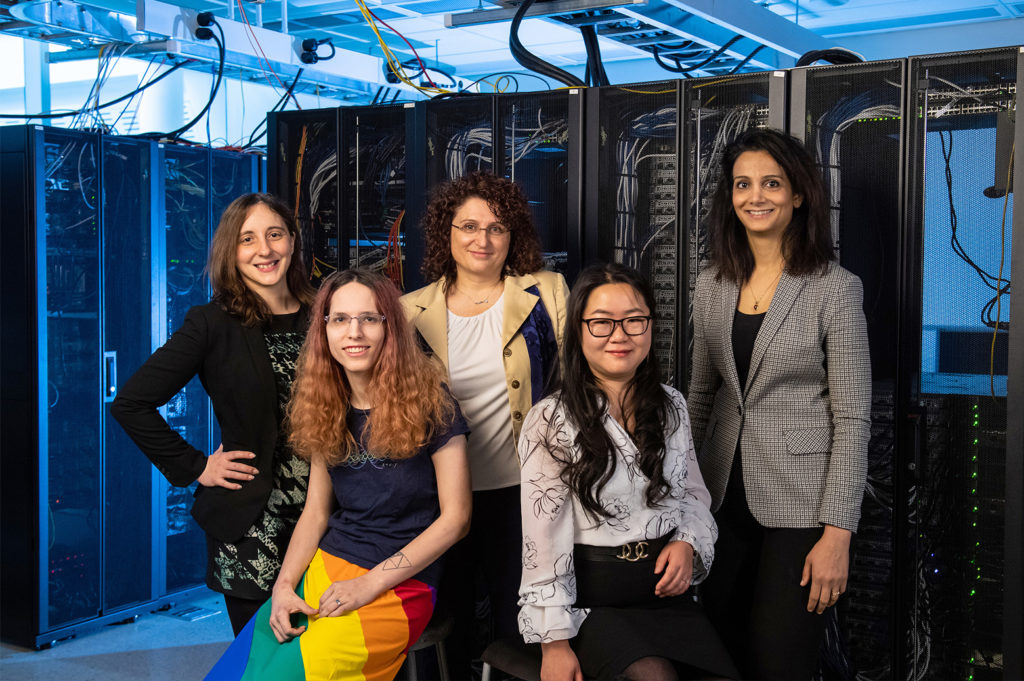
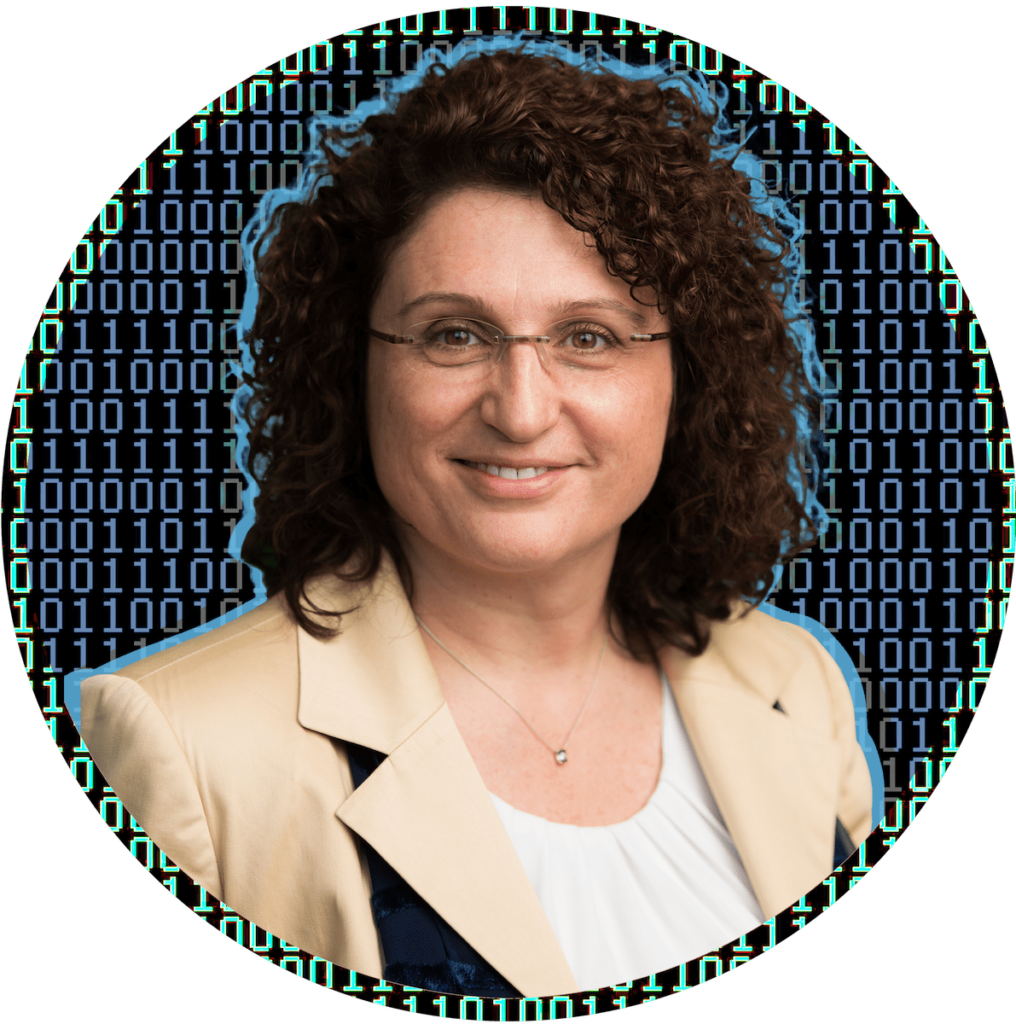
Valeria Bertacco
Thurnau Professor and Associate Dean for Academic Programs and Initiatives at the Rackham Graduate School
As Director of the Applications Driving Architectures (ADA) Center, Bertacco leads a significant effort to revolutionize computing systems design with a new “plug-and-play” ecosystem to encourage fresh ideas in computer architecture. She works on designing processors tailored to specific algorithms, so that developers can pick the processor best suited for their task when developing complete systems. These processors can greatly speed up computation in a number of applications, such as graphs used for finance and social networking, robotics, and machine learning. Bertacco has also been a key leader of several efforts to both improve the representation of women in computer science and to develop more extensive cross-cultural connections to the department. Since joining the faculty in 2003, she has taught three courses core to the CE and CS undergraduate programs – it is no exaggeration to say that Bertacco has taught every computer scientist and computer engineer who has graduated from Michigan in the last decade and a half.
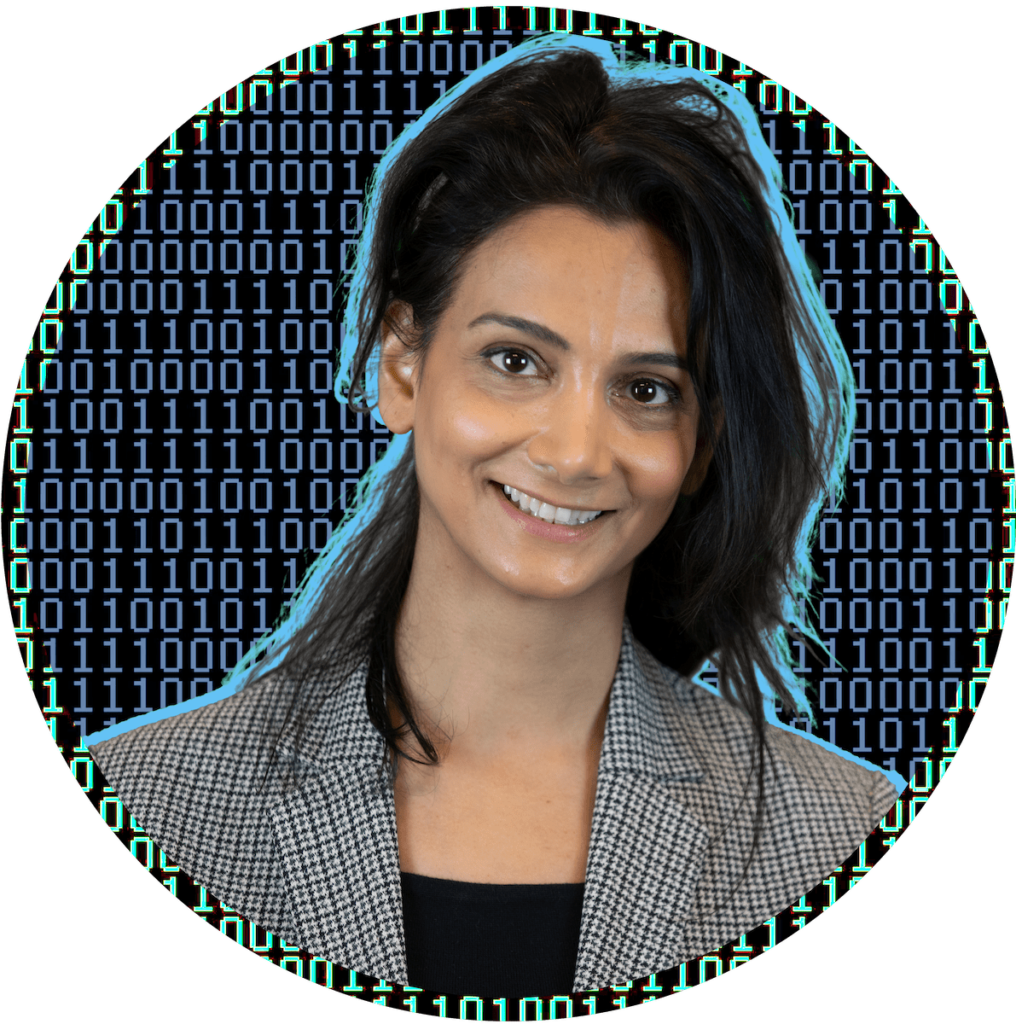
Roya Ensafi
Assistant Professor
Research into censorship measurement has seen major advances thanks to techniques for remotely and rapidly measuring whether distant clients and servers can communicate without interference. These techniques came to be with Ensafi’s help, and her research aims apply them to monitor censorship continuously and globally. Her tool Censored Planet, a first-of-its-kind censorship monitoring system, has begun collecting data on three different types of internet censorship tactics commonly used by governments and other entities. She also presented the first wide-scale measurement study of server-side geographic restrictions, or geoblocking, a phenomenon in which websites block access for users in particular countries or regions.

Emily Graetz
Lecturer
Graetz is one of the most frequent current instructors of an important early CS course, Discrete Math. The course is required for all CS students and many other majors, serving as an introduction to the key mathematical foundations of computer science. Graetz, described by students as both an extremely talented mathematician and a solid lecturer, brings personality to the packed course and delivers energetic and passionate lectures to its 700 or 800 students each semester. Their time teaching at U-M goes back to Fall 2013 when they began as a Graduate Student Instructor for EECS 280. As a GSI, they were selected for a Yahoo! Teaching Award in recognition of the high ratings they received from their students in EECS 280 and EECS 475. They are a passionate lifelong educator, having taught as a K-12 tutor and teacher in the past.
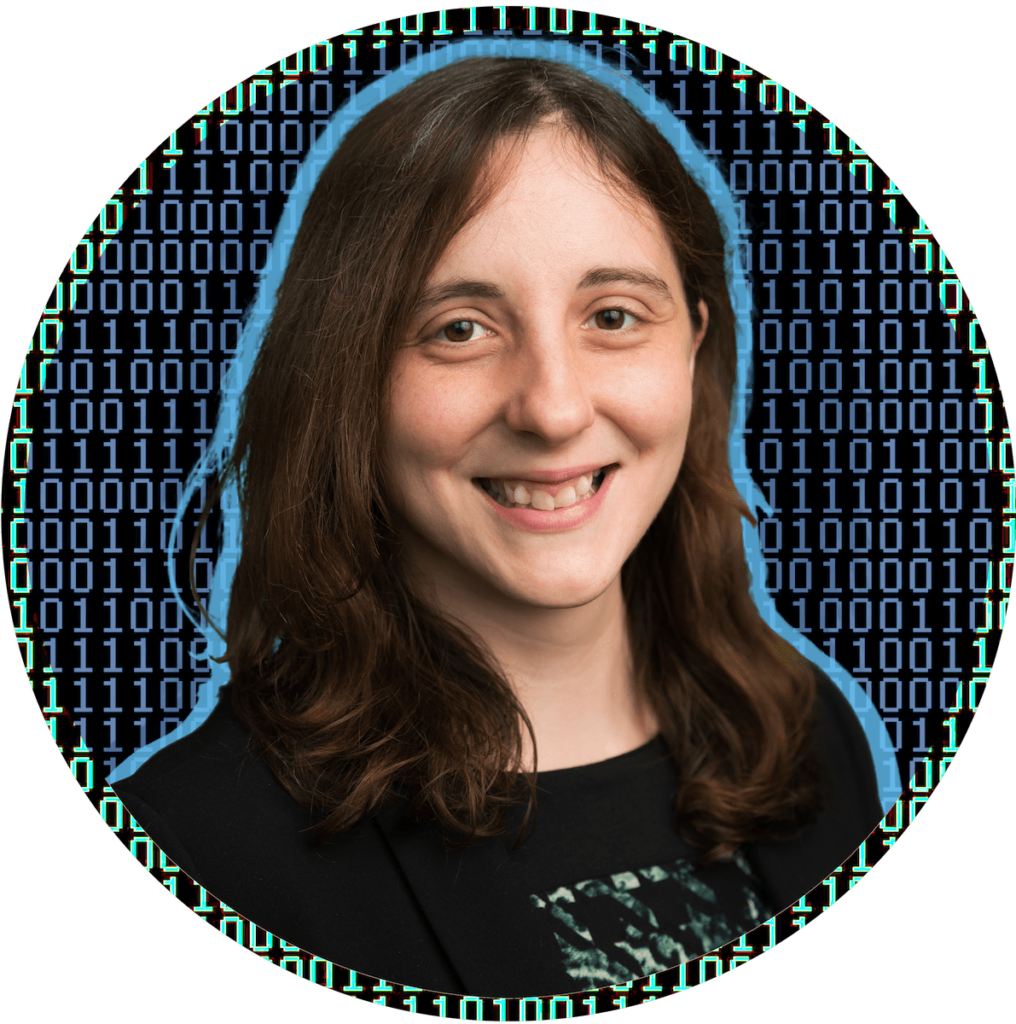
Sara Rampazzi
Research Investigator
From connected cars to medical devices, modern cyber-physical systems rely on sensors to perceive the environment and to make automatic decisions. Rampazzi’s research focuses on hardware security, in particular on defending cyber-physical systems and their sensors against hardware-based vulnerabilities. In two of her ongoing projects, she tackles the fundamental challenges necessary to protect health information systems from signal injection attacks, and aims to redefine fundamental hardware-software interactions to allow autonomous transportation systems to remain reliable despite untrustworthy data from sensors and hardware components. Besides co-supervising graduate and undergraduate students, Rampazzi is also an intermittent lecturer in the department for EECS 496. This course helps students to learn principles for multidisciplinary team projects, team strategies, entrepreneurial skills, ethics, social and environmental awareness, and life long learning.

Lingjia Tang
Assistant Professor and entrepreneur
Tang has spent her career making computers more conversational, as well as democratizing the smart tools typically held close by big enterprises. Products of her work include Sirius, an application that took the concept of the voice-controlled virtual assistant (like Siri or Cortana) and made it open-source, and Adasa, an in-vehicle digital assistant that responds to drivers’ questions and commands in natural language. As Chief Operating Officer and Co-Founder of AI startup Clinc, she helped develop the Clinc Platform that democratizes conversational AI technology and allows any member of an organization to design and deploy conversational tools catered to the organization’s needs. One of Clinc’s own standalone products is Finie, the “Siri of personal banking,” which helps bank customers talk to their accounts in a natural and conversational way.
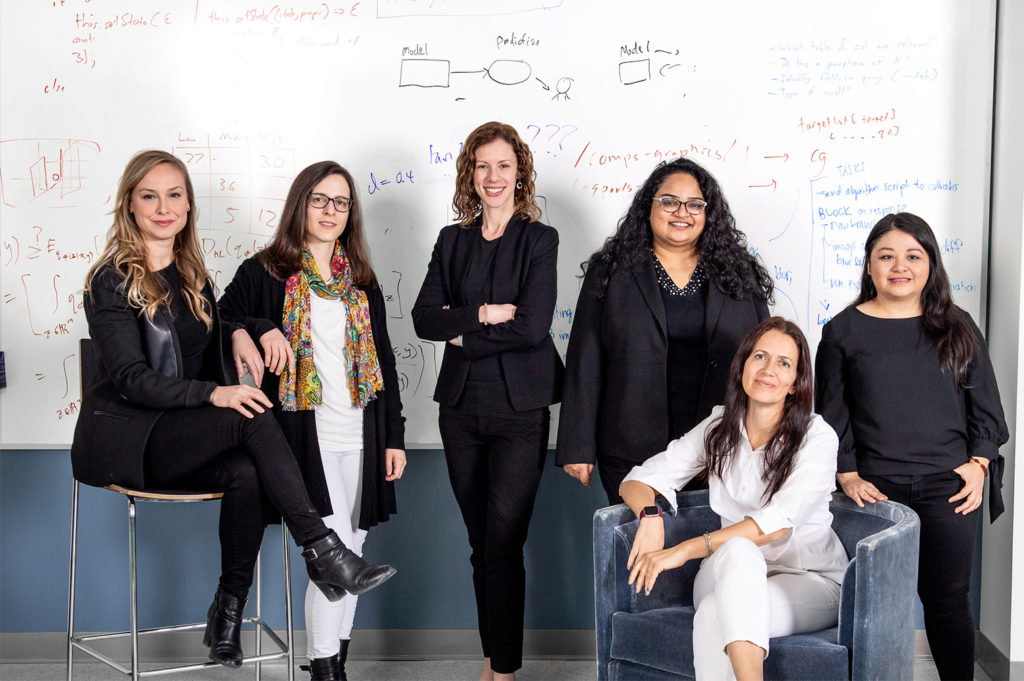

Danai Koutra
Assistant Professor
Koutra spends her time working with massive, interconnected data of every description – figuring out how it’s structured, how it changes over time, and how to best represent it and learn from it. Leading the Graph Exploration and Mining at Scale (GEMS) Lab, her work builds a deeper understanding of the data that goes into algorithmic decision-making tools, and contributes practical methods that handle large-scale data in a more nuanced way. Among other things, Koutra: designs new, efficient methods for summarizing and understanding the patterns behind facts about the world (stored in knowledge graphs); works on fusing or aligning multiple data sources, from social and web networks to scientific and geographic data; and develops methods to accomplish feats from speeding up web searches to better understanding the structure and function of the human brain along with collaborators in the medical school.

Sindhu Kutty
Lecturer
Kutty brings her enthusiasm about Computer Science to her teaching. At the University of Michigan, she focuses on teaching math-based Computer Science courses like Machine Learning (EECS 445) and Foundations of Computer Science (EECS 376). She is also passionate about getting undergraduate students excited about venturing beyond the course curriculum, and works with them to channel that excitement into publishable undergraduate research. While she has published in highly selective conferences in her area of market mechanism design and its connections to statistical machine learning, Kutty is especially proud of the work she has published and presented with her undergraduate students. She was recognized by the American Society for Engineering Education for her work as a Graduate Student Instructor and she has won numerous competitive faculty teaching grants.
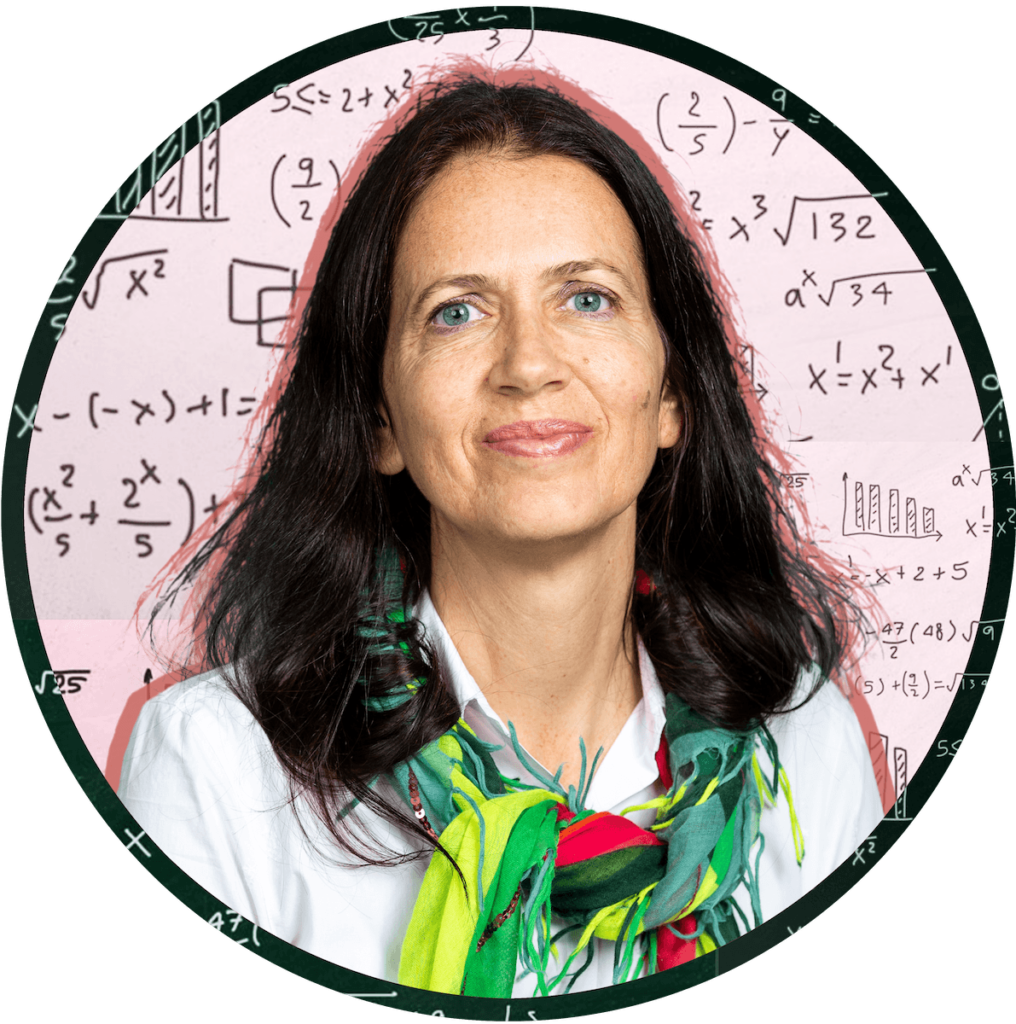
Rada Mihalcea
Professor and Director of the AI Lab
Mihalcea works on research in natural language processing in her Language and Information Technologies (LIT) lab. Her projects search for patterns in language data collected from around the world – gaining a deeper understanding of linguistic phenomena, as well as the opinions, beliefs, and values of the people behind the language. Her projects address topics in lexical semantics, multilingual text processing, and computational sociolinguistics. Mihalcea also leads the department’s AI Lab, which promotes and highlights internal and external collaborations and findings in AI. Outside the lab, Mihalcea has dedicated substantial effort to developing programs that introduce more women to the world of computing and encourage them to pursue graduate studies and research careers in the field.

Emily Mower Provost
Associate Professor
Mower Provost mixes machine learning with speech data to measure emotion, mood, and other aspects of human behavior. Her work helps clinicians design personalized interventions and treatments for patients with a number of emotional and mental health disorders. For example, she developed a smartphone app that analyzes the speech of patients with bipolar disorder to track their mood, with the ultimate goal of helping them more effectively manage their health. Her Computational Human Artificial Intelligence (CHAI) Lab works to decode the ambiguity of human expression, where a rich trove of data waits to be analyzed. Her work also plugs in to the U-M Precision Health initiative, which facilitates collaborations between healthcare professionals and researchers across the university.
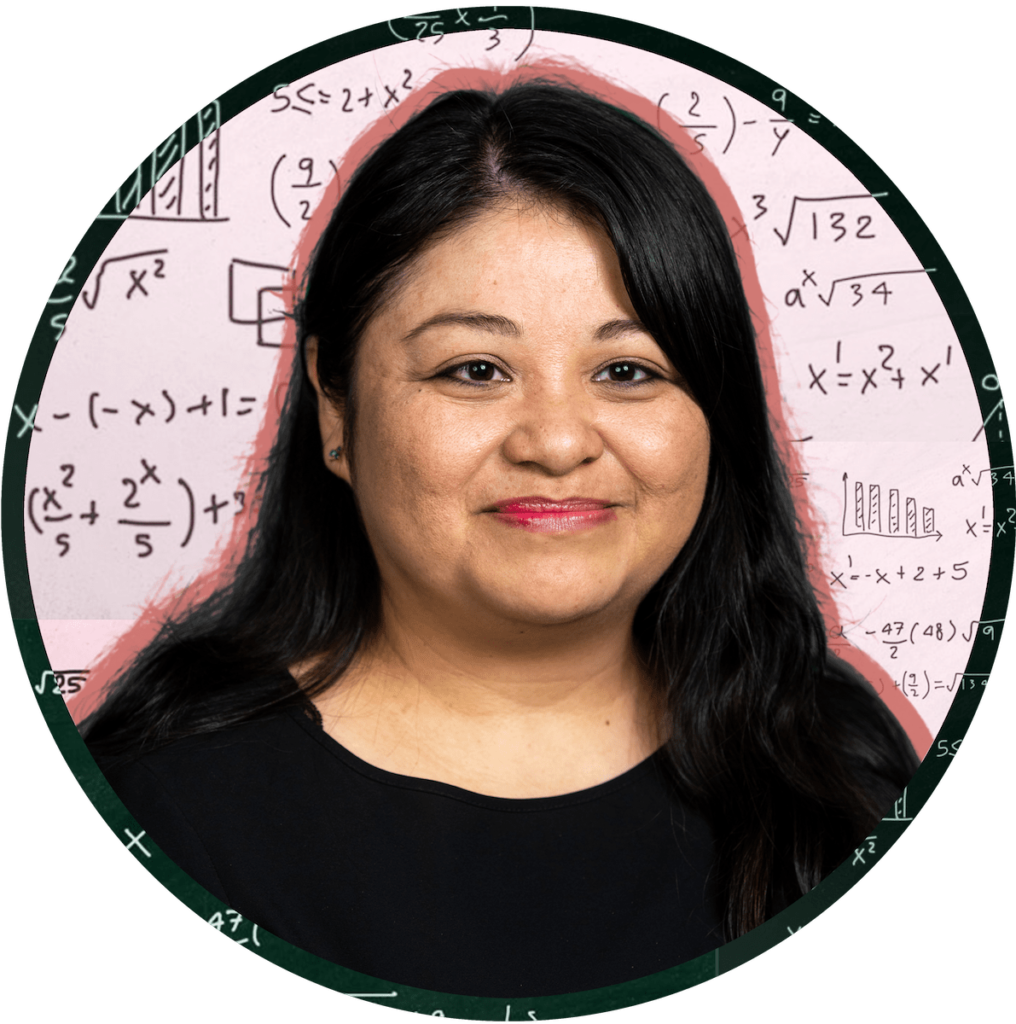
Veronica Perez-Rosas
Assistant Research Scientist
Perez-Rosas studies deception and emotions – in the Language and Information Technologies (LIT) research group, she works on systems that can identify patterns in user-generated content and automatically recognize different feelings, similarities between speakers, and even deceptive or false text. Her recent work can identify characteristics about how a person communicates and their unique social behaviors through their internet chat history. Taken over time, these chats can show how that person develops and changes.

Jenna Wiens
Assistant Professor
Wiens develops the computational methods needed to help organize, process, and transform volumes of hospital in-patient data into actionable knowledge. Leading the Machine Learning for Data-Driven Decisions (MLD3) group, she and her students work closely with clinicians to improve clinical care with machine learning and data analytics. Wiens describes machine learning as the study of methods for automatically detecting patterns in data. These approaches shine when working with the massive and complex datasets that electronic health data represent. Her ultimate goal is to use these methods to change clinical practice and improve patient outcomes, working as part of the U-M Precision Health initiative with researchers across the university.
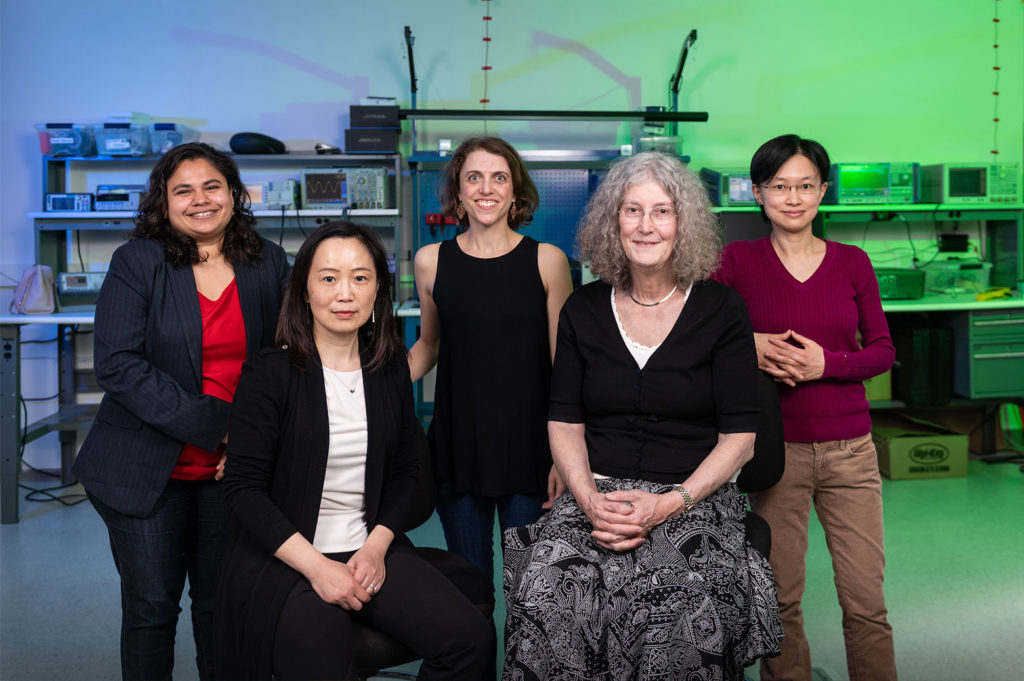

Joyce Chai
Professor
Chai bridges the worlds of computer and cognitive sciences through her efforts to improve communication between humans and robots. New to U-M this year, she’s led the Language and Interaction Research (LAIR) Group at Michigan State University since 2003 with the goal of allowing robots to continuously learn about their environment from humans with no prior expertise. She brings this ambition to the classroom, teaching core AI courses as well as some on natural language processing and language interaction.
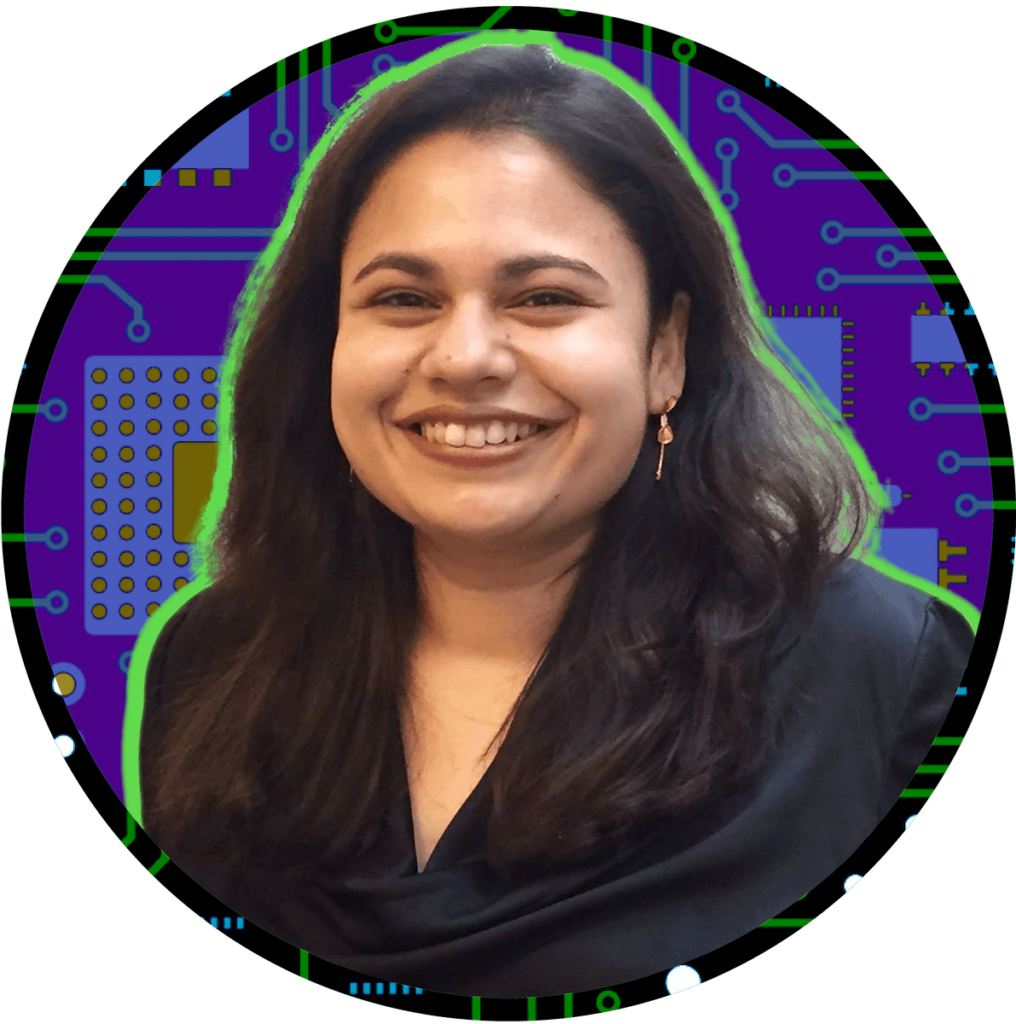
Reetuparna Das
Assistant Professor and entrepreneur
Das is an expert in computer architecture, developing ways to improve performance by orders of magnitude in a post-Moore’s Law future through the more efficient use of the transistors already available. She is well known for her research which transforms passive memory elements into active computing elements. Her recent focus has been on speeding up computing for healthcare applications, including a project that used hardware accelerators to speed up genome sequencing and give valuable insights into genetic disorders and other health conditions. Das is a part of the U-M Precision Health initiative that brings researchers across the university together to build common infrastructure to collect and analyze genomic data. She also co-founded an early-stage precision health startup, Sequal Inc., which aims to produce industrial-strength solutions for precision health applications.

Kimberly Khalsa Diaz
Lecturer
Diaz keeps her lectures interactive, guiding students in her Discrete Math course through real-time problem solving on important topics in discrete probability. She makes sure students are active participants and enjoys engaging them through inquiry-based learning, active discussion, and paired learning opportunities. Diaz was an intermittent lecturer in the department and previously taught at Concordia University, with experience as a primary instructor for EECS 203 and EECS 351, as well as for courses in linear algebra, calculus, and modern algebra, among others. As a PhD student at U-M she studied image reconstruction for dynamic Magnetic Resonance Imaging.
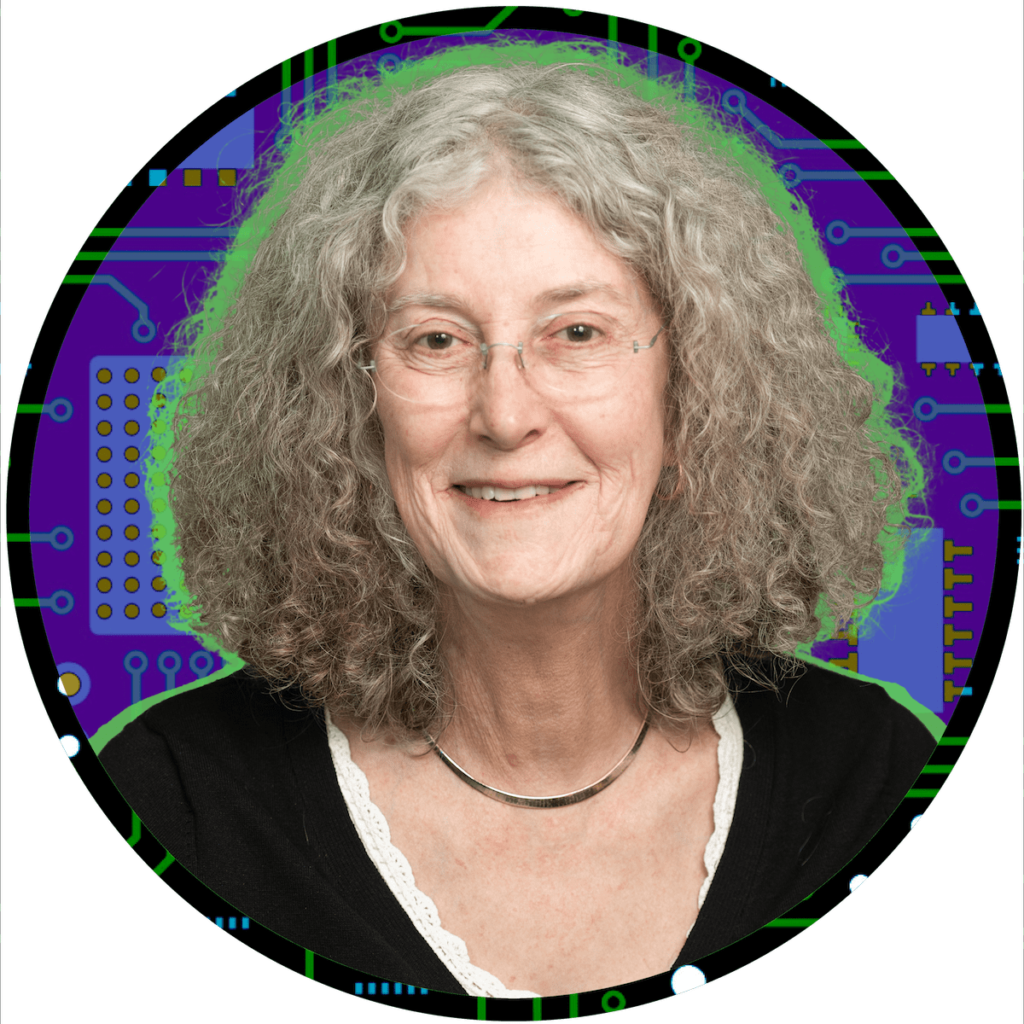
Nicole Hamilton
Lecturer and prolific system designer
With over 40 years in system design in both hardware and software, including 30 years as a software entrepreneur, Hamilton brings unique insight into the real world practice of engineering to her lectures. She was the ninth member of the team that created the Bing search engine, for which she wrote the query language and ranker for the first release in 2005. She is also the sole author of the Hamilton C shell, a Unix shell and utilities for Windows. First released in 1988, it was the first multithreaded application ever to ship on a PC. Hamilton is a life senior member of the IEEE, with 11 issued patents and numerous publications, including a paper on search engine ranking that received a 10-year “test of time” award at the 2015 International Conference on Machine Learning. Here at Michigan, students in her system design class work in teams of six to create entire working multithreaded internet search engines from scratch in C++, experiencing what it’s like to be on the startup dev team for a new product. She cares deeply about diversity and civil rights.

Z. Morley Mao
Professor
Mao is working to make mobile networks more reliable, more powerful, and more secure. Her lab develops proactive defense approaches to the new security challenges of a hyper-connected world. Her team is working to create a global-scale live laboratory, called MobiLab, composed of mobile devices, networks, and their users that will support the ability to evaluate system ideas in large-scale, realistic, live use environments. They intend to simplify the tasks of developing, deploying and evaluating research applications for mobile networks. Mao’s past work has resulted in Mobilyzer, a mobile network performance measurement tool currently in use by the popular MySpeedTest app. In a recent project she presented SkyCore, a reliable new way to deploy LTE networks using unmanned aerial vehicles (UAVs).
 MENU
MENU 
